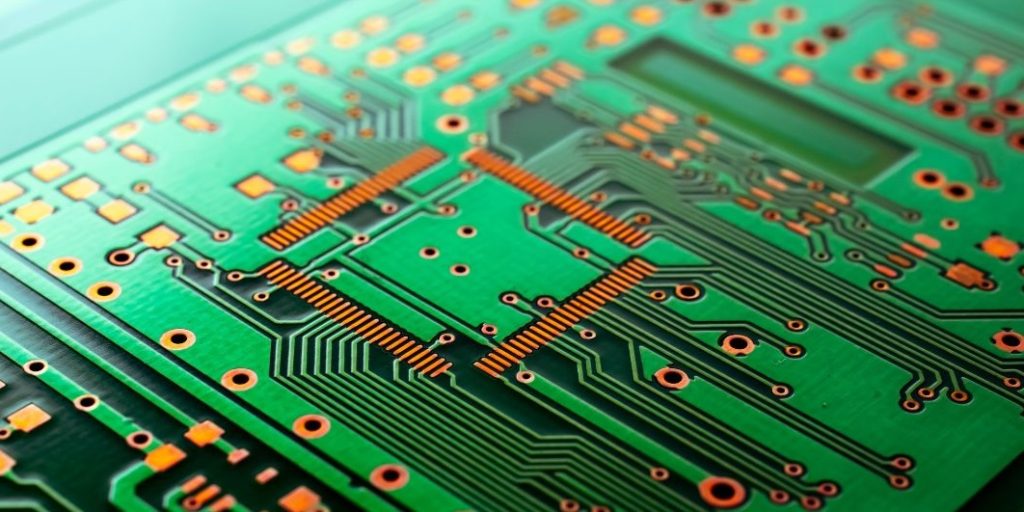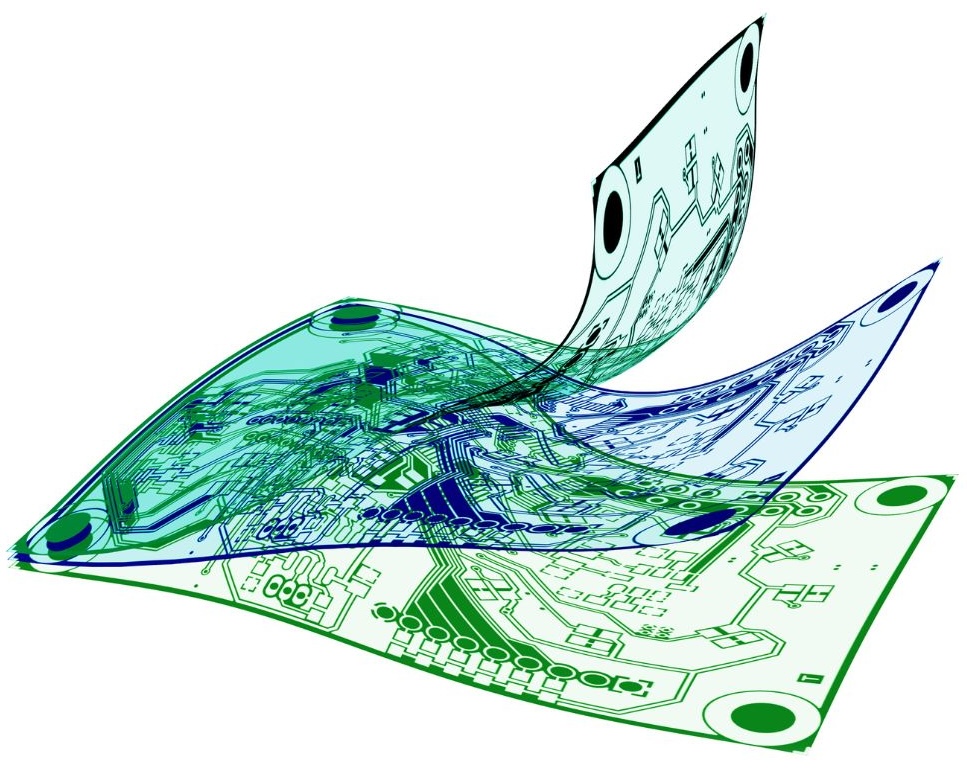With electronic design, the number of layers in a Printed Circuit Board (PCB) is something that influences performance, cost, and application suitability.
The debate between using a 2-layer PCB vs 4-layer is ongoing among designers and manufacturers, each type offering advantages and drawbacks.
Choosing the right PCB involves considering multiple factors such as the complexity of the circuit, budget constraints, and specific performance requirements.
This article aims to guide electronics designers and tech industry professionals in making an informed decision on whether a 2-layer or 4-layer PCB is the best fit for their projects and learn more about Altimex and what it can offer you.
What are PCB Layers?

PCB layers, separated by insulating material, consist of copper layers laminated together.
The substrate, usually fibreglass, forms the base, while copper layers create conductive paths.
Solder masks prevent oxidation and shorts, and silkscreens add labels for assembly.
Difference between 2-Layer and 4-Layer PCBs
2-layer PCBs have copper layers on both sides of one substrate, suitable for simple designs.
4-layer PCBs include two internal layers, supporting complex circuits with advanced routing, reduced EMI, and improved signal integrity.
Advantages of 2-Layer PCBs:
- 2- layer PCBs are less expensive to manufacture due to simpler construction and reduced material use.
- They are easier to design and fabricate, making them ideal for beginners or less complex projects.
Advantages of 4-Layer PCBs
- 4-layer PCBs are better suited for complex circuits requiring high speed and signal integrity.
- The additional layers help in reducing EMI, which is essential for high-frequency applications.
Cost Considerations

Cost Analysis for 2-Layer vs 4-Layer PCBs
Cost is a significant factor when choosing between 2-layer and 4-layer PCBs. 2-layer PCBs are generally more affordable due to their simpler structure and fewer materials.
They are ideal for cost-sensitive projects and applications where high performance is not as needed.
On the other hand, 4-layer PCBs, while more expensive, provide superior functionality and reliability for complex designs.
Factors Influencing PCB Manufacturing Costs
Several factors affect PCB manufacturing costs, including the type of materials used, the complexity of the design, and the production volume.
High-quality materials and intricate designs increase costs, as do smaller production runs.
Additionally, the need for specialised processes, such as advanced techniques and precise layer alignment, can further drive up expenses.
Impact on Overall Project Budget
The choice between 2 and 4-layer PCBs in electronic manufacturing can significantly impact the overall project budget.
While 2-layer PCBs may save money upfront, they might limit the project’s capabilities and scalability, and not lead to any fibre optic solutions.
In contrast, investing in 4-layer PCBs can increase performance and allow for more complex designs, potentially offering better long-term value despite the higher initial cost.
Signal Integrity and Performance
Importance of Signal Integrity in PCB Design
Signal integrity refers to the quality and reliability of electrical signals as they travel through the PCB.
Maintaining good signal integrity is to make sure that signals are transmitted without degradation, which is especially required in high-speed and high-frequency applications.
Poor signal integrity can lead to errors, data loss, and reduced performance.
How 2-Layer and 4-Layer PCBs Affect Signal Integrity
The number of layers in a PCB significantly affects signal integrity.
2-Layer PCBs, with their simpler design, may struggle with maintaining signal integrity in complex circuits, as there are fewer routing options and limited space for separating signal paths.
Conversely, 4-layer PCBs offer better signal integrity by providing more routing layers, which helps in managing signal paths and reducing crosstalk.
Performance Comparison Between the Two
When comparing the performance of 2-layer vs. 4-layer PCBs, the latter generally offers superior capabilities.
4-Layer PCBs can handle higher speeds and frequencies more effectively due to better signal integrity and EMI management.
They also provide more robust power distribution, crucial for advanced electronic devices.
However, for less demanding applications, 2-layer PCBs can perform adequately and offer a cost-effective solution.
Design Complexity and Space
Design Considerations for 2-Layer and 4-Layer PCBs
Designing a PCB requires careful consideration of the layer count. 2-layer PCBs are suitable for simple designs with limited routing requirements.
However, as circuit complexity increases, 4- 4-layer PCBs become necessary to manage the additional connections and components efficiently.
Handling Complexity with Each Type
Managing complexity in 2-layer PCBs can be challenging due to limited space and routing options, often resulting in compromised performance.
When trying to find fibre optic solutions, 4-layer PCBs offer more flexibility in design, giving an efficient handling of complex circuits without sacrificing performance.
Space Efficiency and Constraints
4-layer PCBs allow for more compact designs by providing additional layers for routing, which helps save space on the board.
This is particularly advantageous for modern, compact electronic devices where space is a premium.
Application Specific Considerations
Industries Where 2-Layer PCBs are Preferred
2-layer PCBs are commonly used in consumer electronics, toys, and simple devices where cost-effectiveness is crucial.
Their simplicity makes them ideal for applications with basic performance requirements.
Industries Benefiting from 4-Layer PCBs
Industries like telecommunications, aerospace, and advanced computing often require 4-layer PCBs due to their need for high performance, reliability, and compact design.
These PCBs support complex functionalities and higher signal integrity, making them suitable for essential applications.
Customisation and Scalability
4-layer PCBs offer better scalability and customisation options, allowing for more intricate designs and future expansions.
This flexibility is vital for industries looking to innovate and adapt quickly. For example, visit our work.
The choice between 2-layer and 4-layer PCBs depends on the specific needs of your project, balancing cost, performance, and design complexity.
Carefully consider the factors discussed to make an informed decision.
For further guidance, explore more resources on the Altimex website to improve your understanding and support your electronic manufacturing needs.


